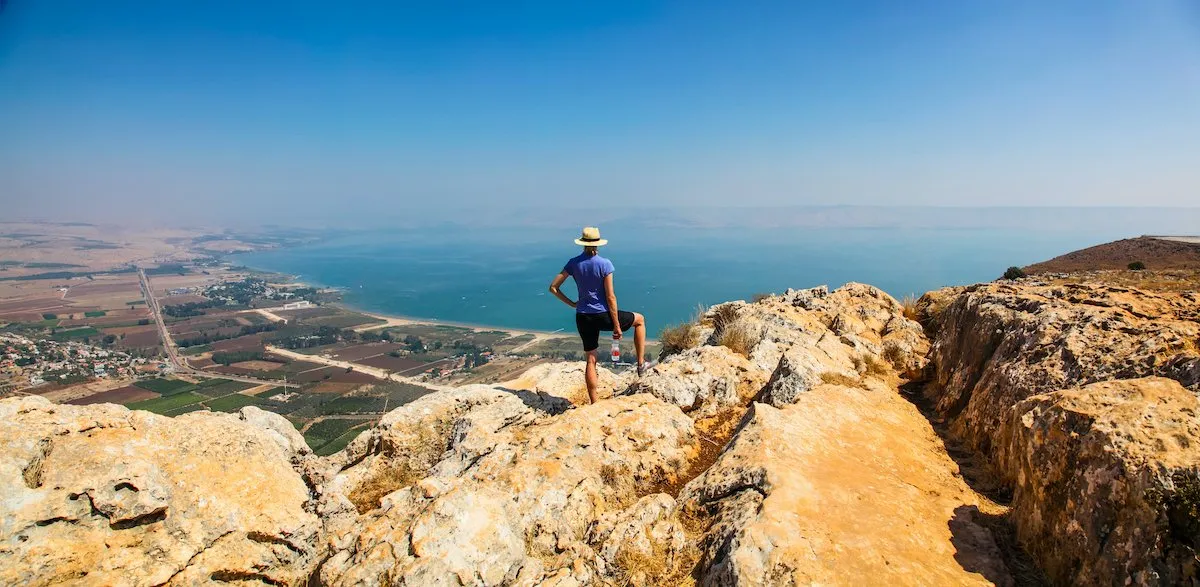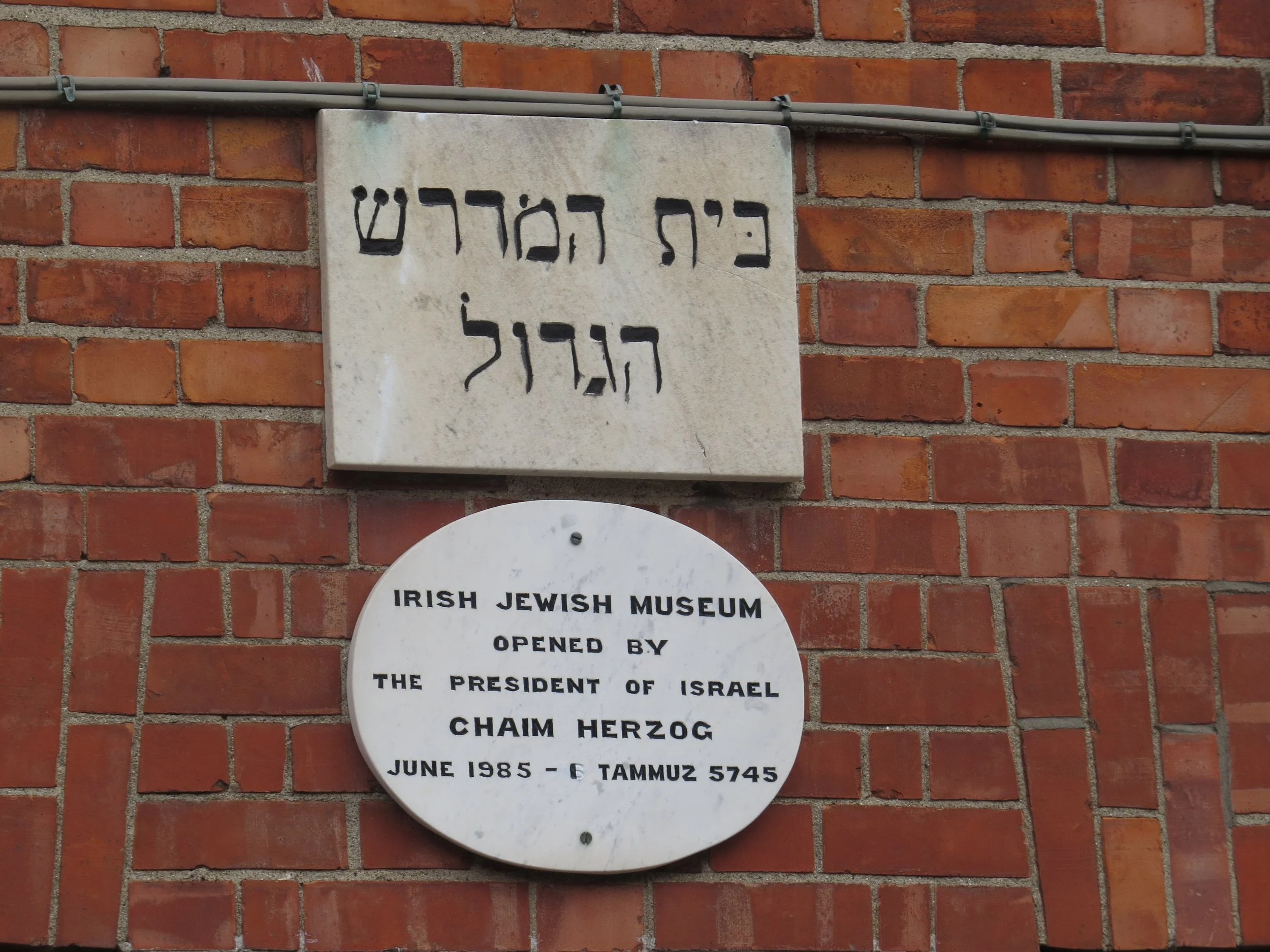
NAVIGATING MULTIPLE CIVILIZATIONS
Mordecai Kaplan, when he first presented his take on the challenges of ‘living in two civilizations’, was drawing on his American experience in the early twentieth century. He came to the US at a young age from Lithuania, and grew up in an Orthodox but non-conformist family in New York. When he wrote about Jewish life in America, his primary audience was the immigrant, Yiddish-speaking, in-married Ashkenazic Jews of his community. The WWII generation, while not 100% committed ritually, were proud to be Jewish and well-educated in Judaism.
The prevailing culture in the nineteen-fifties pressured Americans to conform to a white, suburban ideal which suppressed ethnic variations; you can see this in old advertisements and television shows. But in the sixties, the baby boomers ushered in a revival of individual culture, a celebration of differences. Jewish Americans became conscious of Israel, and Jewish Studies departments in colleges were formed. The seventies brought us the havura movement, encouraging affiliation of likeminded Jews who gather for study, worship and celebration. We might call this the Jewish Catalogue era.
Much can be said about the present sad state of Jewish affiliation, education, and identity. But at the same time, as Carol Harris-Shapiro recently noted, “In 2024 we are more aware of the diversity of world Jewry and American Jewry, as well as the diversities in US culture. Black Jews, for example, might be navigating between white American culture, African-American culture and Jewish culture, and the Jewish culture in question could be anything from Reform to Lubavitch. Just imagine the incredible civilizational juggling experienced by an Ethiopian Jew migrating to Israel and then moving to the US!
“Our experiences are often multi-civilizational. This is just sociological fact.”
Add to this the arrival in recent decades of Jews from the former Soviet Union, many of whom ache to reclaim the identity robbed from their grandparents; and the descendants of Jews who were lost to our community centuries ago by the Inquisition, and who are using online genealogy tools and genetic testing to discover their heritage.
And so, issues of Jewish identity today have many more dimensions than during Kaplan’s time. This fact presents us with a rich array of new philosophical, practical, and folkloric input, which is a precious opportunity for growth. At the same time, it challenges us to decide and articulate, what makes us Jewish and how do we participate fully as members of multiple groups?


